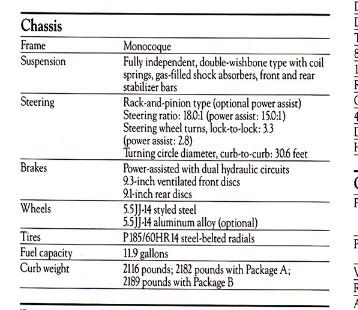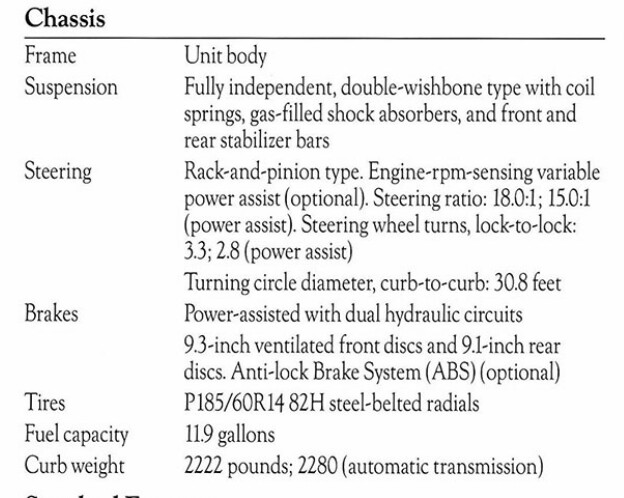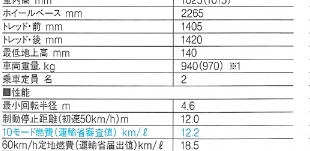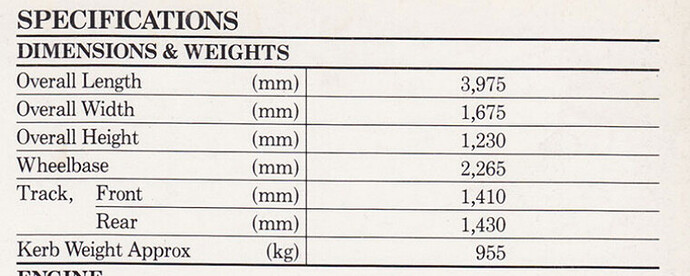And you then check the speedometer because you’re sure you’re speeding and discover you’re only doing 10mph ![]()
When I got the car I just got 1 key, the locking/unlocking was not working properly.
I only just found out yesterday that it’s actually got central locking, the motor in passenger side had seized which was causing the issue!
Was central locking standard in these?
I’m assuming there was a fob to unlock the car without the key, which I don’t have.
Now I’m looking for the module that controls opening/closing the doors, but don’t know what it looks like and where to find it!
Any body have any idea about this?
It will be an aftermarket kit fitted almost 20 years ago, and there were many different suppliers of MX5-specific kits, eg MX5parts, Moss, Wolf Miata. Might be better to strip it out and start again with a new kit.
Factory Immobiliser, Power Steering and the brace bar behind the seats were the only real differences (if you ignore the radio and other cosmetic items) on the GE compared to a standard Mk1 as far as I’m aware.
Aftermarket central locking. Immobiliser on all UK MX5s of that age. Cockpit brace was standard fit on all Mk1 1.8s worldwide. Literally everything unique to the Gleneagles was from the UK aftermarket, fitted by the then franchise holder. PAS obviously featured on the vast majority of 1.8s.
I’d read the GE had a brace bar as a special feature, since there’s not one under the bonnet I admit I always presumed it meant the cabin brace.
Of course it could also have just been marketing to make it sound like a feature ![]()
So called cockpit brace bar was really lip service to required additional side crash protection. Any worthwhile shell rigidity aids are in the chassis…at most maybe an under bonnet turret brace. I believe there were footwell braces factory fitted to 1840cc models as well as were additional door side impact structuring. Which is when they began to get a wee bit porky round the middle. I removed my Mk1 cockpit bar to fit a soundbar and it made no difference at all. I only refitted it as the soundbar was rubbish.
Cockpit gussets (“footwell bracing”) added in the NB, when the cockpit “brace” was dropped. UK 90hp 1.6 had all the bracing, top and bottom, deleted, presuambly to save weight.
The story about side impact beams being added is an urban myth. US DOT regulations have required side impact beams in the doors since 1967. Since the MX5 was originally designed for the US (Europe was an afterthought) side impact beams were present in every model. The cockpit cross brace was not lip service to requirements (the Z3 never had it), but it enabled the Miata to meet the updated dynamic side impact regulation, which was actually derived from a UN standard (so not just a US requirement). Specifically for the US, FMVSS 214 was announced in late 1990, and phased in between 1994 to 1997. The final change Mazda applied to the NA in the US resulting from this was the 1996MY door cards which were much beefier than other markets around the shoulders. The actual improvement achieved by the bar was the time it took to deform in crash impact dummy testing in, I think, the side pole test. I assume the European testing at the time didn’t include this so Mazda felt ok to delete the part to get the weight down and avoid a car that performed poorer than an economy model. Its another example of a car manufacturer doing enough to make a car pass a regulation but not more. eg. US Miatas had standard fit drivers airbag from 1989, and passenger airbag from 1995, but chose not to fit a drivers airbag, at least not standard fitment in other markets, and never even offered a passenger airbag in those markets. That raises a moral question because no one would argue that airbags do save lives.
The 1990MY Miata weighed 2116lbs. The 1994 Miata went to 2305lbs.
B6-ZE engine, dressed with flywheel, weighs in at 273lbs.
BP engine comes in at 290lbs, so not that much difference
The brace doesn’t weigh that; its mostly rubber. I’d say 2-3lbs
The under bracing; 5-10lbs
The tank gained 3 liters capacity, and as kerb weight includes a full tank of gas, thats another 5lbs
Diffs are 16lb weight difference.
Flywheels; 3lb increase
I really can’t think where the other 130lbs came from unless Mazda deliberately misrepresented the weight of a 1990 car, and quoted a weight without accessories (no ac, no PW, no PAS (to sneak in under 1000kg), but by 1994 were quoting an optioned up car.
I’m thinking the real world weight difference between a 1.6 and 1.8 is pretty marginal.
Maybe they accounted for weight loss over time with the '90.
After all, my other cars mpg noticably lowered after thick metal was reintroduced to it ![]()
From US 1990MY brochure

US 1993:

The later 1.6s were 106lbs heavier??? 33lbs heavier than the top specced 1990 car. 33lbs for the rear subframe brace I don’t think so. Small change in crankshaft weight.
1989 Eunos Roadster

1992 Eunos Roadster

Gained 20kg, 44lbs
January 1993

No change, and no difference base versus V-Spec, S-Spec
1993 1.8 Eunos Roadster; significantly lighter than US models, and really only a modest increase of 30kg/66lbs, 50kg compared to 1990, which is entirely within my back-of-a-ciggie-pack calculations. The 1.8 is not fat around the middle at all, at least not the versions that end up in the UK.
And the Series 2 Eunos Roadster (1996+)
1992 UK (note, Europe might have a different way in measuring weight)
1995 UK
Blimey. ![]()


